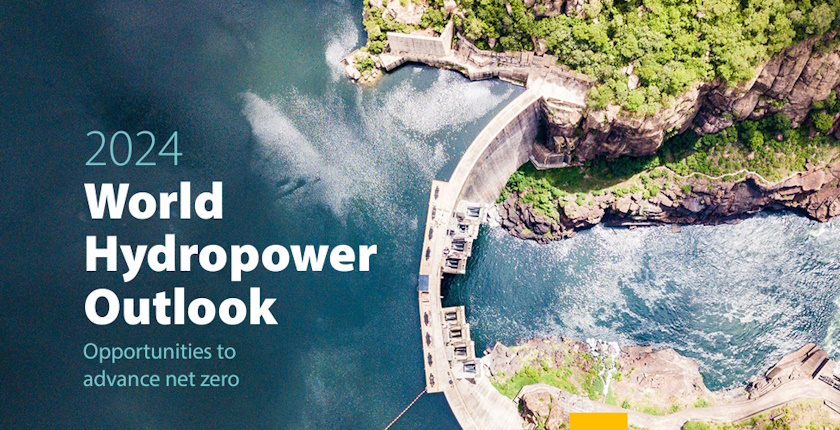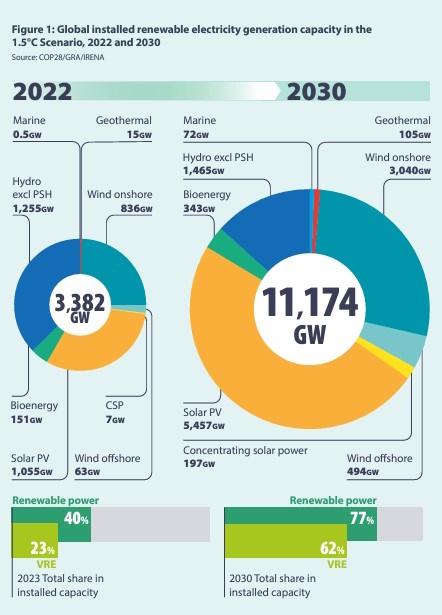
Photo: IHA
Only sustainable hydropower can deliver the flexibility and storage at scale, Global Renewables Alliance CEO Bruce Douglas said. According to the 2024 World Hydropower Outlook, there is increasing global interest in hydropower, but it requires action from governments to be converted into new projects.
The 2024 World Hydropower Outlook, a flagship annual publication by the International Hydropower Association (IHA), tracks and directs the progress of hydropower development globally against net zero pathways.
The overarching headline this year is the growth in the global hydropower fleet to 1,416 GW in 2023, where conventional hydropower capacity added 7.2 GW to reach 1,237 GW, while pumped storage hydropower grew by 6.5 GW to 179 GW, the report reads.
IHA warns that the conventional hydropower capacity addition was the lowest single-year delivery this century, though the longer-term average is relatively stable at about 20 GW per year. Pumped storage delivery has been trending upwards, though from a lower base.
Douglas: We will seek to develop a global storage target
Bruce Douglas, CEO of Global Renewables Alliance, said the energy transition would require the right mix to ensure delivering renewable electricity 24/7 at maximum efficiency.
“For this we need not only vastly more solar and wind energy, but also the flexibility and storage that only sustainable hydropower, as the backbone of renewable energy, can deliver at scale. In recognition of the need for balance and storage, in 2024 we will seek to develop a global storage target to go alongside the tripling renewables target,” Douglas stressed.

According to the report, a relatively small increase over the recent trend build rate, from about 20 GW per year up to about 25 GW, is required in the period through 2030 for hydropower to make its expected contribution to the COP28 objective of tripling up renewables.
After that, the document adds, if net zero is to be achieved, delivery needs to more than double to about 50 GW per year, and the rate needs to be sustained until 2050.
IHA’s assessment of the “big 100” pipeline of projects under development indicates the acceleration is within reach for the early years of the next decade, but that more action is needed to raise the rate of delivery.
Turnbull: Projects must be carried out in a sustainable and environmentally responsible manner
IHA President Malcolm Turnbull underlined hydropower is the largest single source of renewable energy and that pumped storage hydropower provides more than 90% of all stored energy in the world.
The more clean but variable power developed through solar and wind, the more pumped hydropower will be required to provide balance and flexibility when the wind doesn’t blow and the sun doesn’t shine, he stressed.
The outlook sets out the interventions policymakers will need to make
“Whilst the market supports the delivery of more solar power and more wind power, it is less effective at rewarding technologies like hydropower. This year’s World Hydropower Outlook sets out the interventions policymakers will need to make to ensure the clean energy transition is delivered with the right mix of renewables,” he said.
According to Turnbull, hydropower development must be carried out in a sustainable and environmentally responsible manner. It includes addressing concerns about the potential environmental and social impacts of hydropower projects, as well as navigating public perception, he added.
Turnbull called on operators to use the internationally recognized Hydropower Sustainability Standard to demonstrate good and best practices and access finance.


















Be the first one to comment on this article.